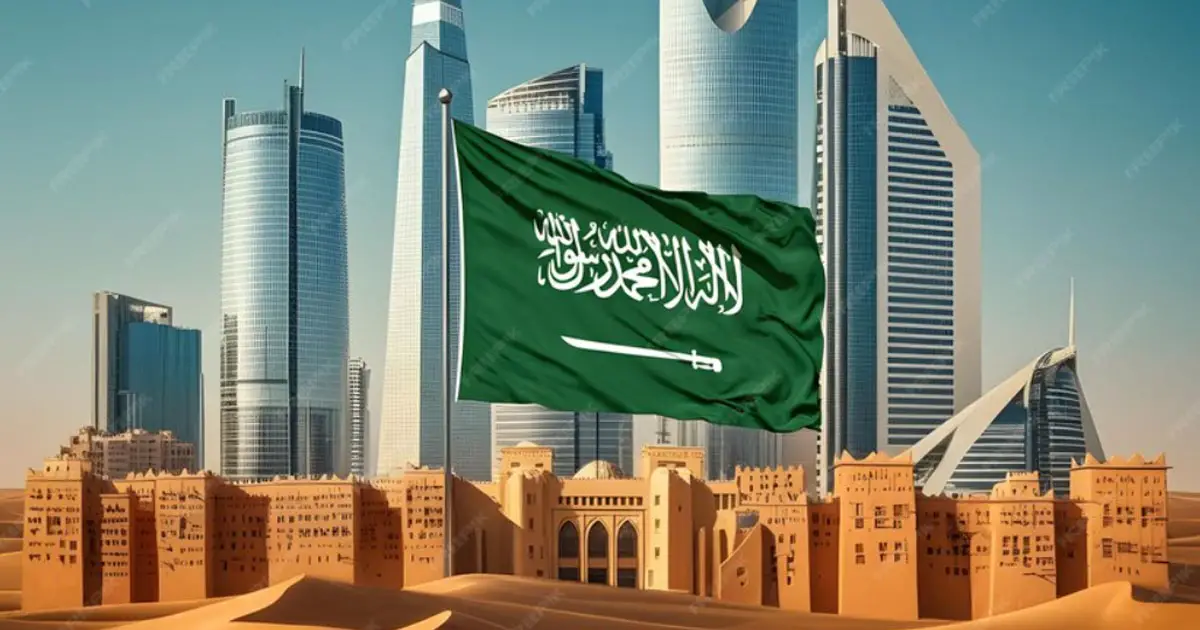
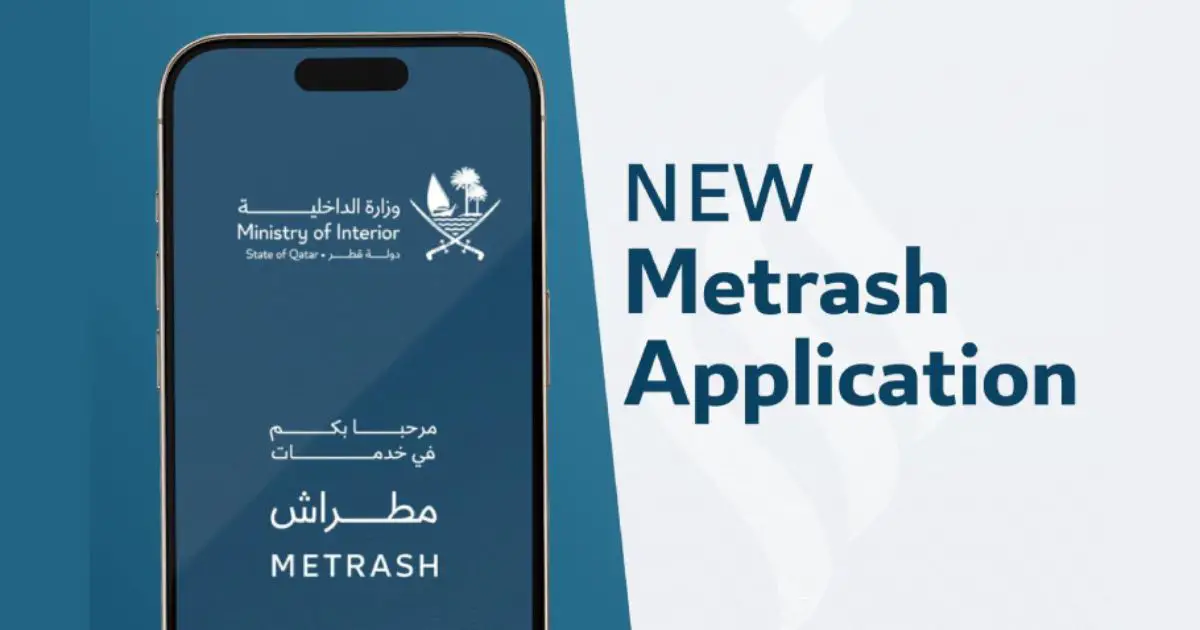
Have you ever opened your Metrash2 app and found a traffic violation that you didn't commit? Maybe it's a parking ticket, but the photo clearly shows a different car or number plate? Don't worry — you're not alone, and there’s a way to fix it.
If you believe a traffic violation in your Metrash account is incorrect, you can raise a formal objection directly through the app or by visiting the Traffic Department in Madinat Khalifa.
Here's a step-by-step guide by Gulf DN to help you remove any wrong traffic violations from your Metrash account.
Log in to the Metrash2 app.
Use your mobile number and login credentials.
Go to the "Traffic" section.
Select "Vehicles" and enter your car plate number.
Under "Service Type", select "Violations".
Locate the traffic violation you want to dispute.
Click on it to see the details and photo evidence.
Below the "Details of Violation", you will see two options:
"Objection"
"Pay"
Click on "Objection".
Enter your reason for disputing the violation.
For example: "The photo shows a different car, not mine."
Submit the objection.
You will receive an SMS confirming your objection has been registered.
The Traffic Police will investigate, and you’ll receive another SMS with the outcome:
If the violation is removed, no further action is needed.
If not, you can visit the Traffic Department in Madinat Khalifa for further review.
Always double-check the photo and violation details before submitting an objection.
Ensure your vehicle information is up to date in the app.
Keep a screenshot or record of your objection submission for future reference.
For more helpful guides and updates on Qatar traffic rules, government services, and expat news, follow Gulf DN for daily news and tips.
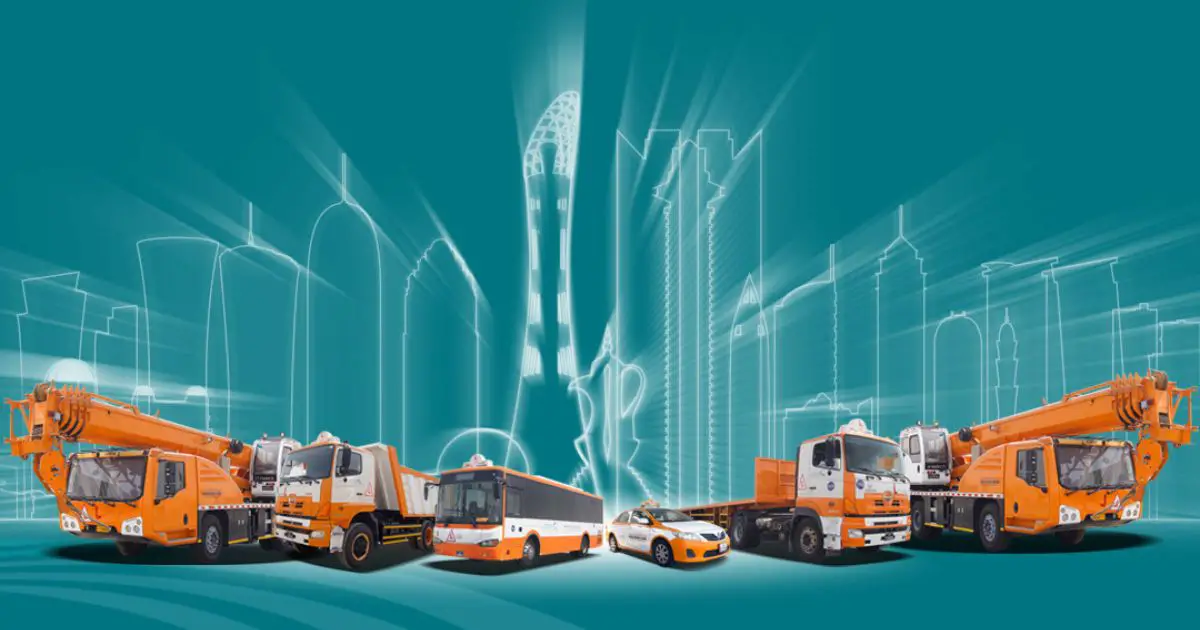
Karwa Driving School in Qatar is one of the leading institutions for professional and private driver training. Whether you're preparing for a commercial license or just want to drive a car or motorbike, Karwa offers a range of certified courses. Here's a full breakdown of the Karwa Driving School fees and course details for 2025:
Perfect for environmentally conscious learners, this course trains you in the fundamentals of driving electric vehicles. It covers EV-specific driving techniques, safety features, and basic maintenance awareness.
Designed for two-wheeler enthusiasts, the motorcycle course includes road safety, balance control, traffic rules, and hands-on riding sessions under expert supervision.
Targeted at those in construction or heavy equipment industries, this course covers the operation and handling of industrial shovels, including on-site safety and machine maintenance.
This is the most common course for individuals aiming to get a private car license. It includes theory classes, simulator training, practical driving sessions, and traffic laws.
Ideal for construction professionals, this course focuses on crane operations, safety regulations, and licensing requirements for heavy lifting machinery.
This program prepares drivers for handling mid-sized commercial vehicles, with a focus on cargo management, road safety, and operational training.
This course is tailored for those looking to drive long trailers. It includes parking techniques, maneuvering skills, and highway driving best practices.
For aspiring bus drivers, this program covers passenger safety, emergency handling, route management, and defensive driving techniques.
This premium course offers personalized service, flexible scheduling, and a faster path to licensing. Ideal for executives and those seeking extra convenience.
To know more details please visit Karwa Driving School official website or facebook page.

Dubai, UAE – May 15, 2025
The United Arab Emirates has officially opened applications for its new 10-year Blue Residency Visa, targeting individuals who have made significant contributions to environmental protection and sustainability. This initiative aims to attract global talent to support the UAE's environmental, economic, and social development goals.
The Blue Residency Visa is designed for:
Distinguished members of international organizations focused on the environment, energy, sustainability, and climate change.
Notable members of regional, national, and international associations and institutions related to environmental work.
Financial supporters of environmental initiatives.
Recipients of global, regional, or national awards in environmental sustainability and climate change.
Holders of master's or doctoral degrees in environmental science, energy, sustainability, or climate change.
Researchers specializing in environmental, energy, sustainability, and climate change fields.
Applicants must provide supporting documents demonstrating their contributions and achievements in sustainability, climate change, and environmental protection.
Interested individuals can apply through the Federal Authority for Identity, Citizenship, Customs, and Port Security (ICP) via their official online platform:
Application Steps:
Nomination Request
Submit a nomination request or be nominated by a competent authority in the UAE. This serves as initial approval for the visa application. The fee for requesting a nomination is Dh350.
Visa Application
Once the nomination is approved, proceed with the visa application. Provide necessary documents, including proof of work in environmental fields, a valid passport with at least six months of validity, and a recent passport-sized photograph with a white background.
For applicants outside the UAE, a six-month multiple-entry visa can be secured to complete the Blue Residency Visa application, at a cost of Dh1,250.
The introduction of the Blue Residency Visa aligns with the UAE's commitment to environmental sustainability, recognizing and rewarding individuals who contribute significantly to environmental conservation. This initiative complements existing long-term residency options like the Golden and Green Visas, further positioning the UAE as a hub for global environmental talent.

Dubai, UAE – Received an SMS from your bank asking you to update your KYC (Know Your Customer) details? If your Emirates ID is nearing expiry, it's essential to act quickly. Failing to update your ID could lead to disruptions in your banking services, including ATM withdrawals, card transactions, and online banking access.
To simplify the process, most banks in the UAE now allow customers to update their KYC details online, without needing to visit a branch. Here's a step-by-step guide on how to update your Emirates ID with your bank.
The Central Bank of the UAE mandates all customers to keep their Emirates ID details up to date with their bank. This is part of regulatory compliance with Anti-Money Laundering (AML) laws.
If you fail to update your KYC:
You may lose access to ATM withdrawals
Debit and credit card transactions could be blocked
Online and in-person banking services may be suspended
Most banks will send you an SMS or email with a direct link to update your details. You may need to upload:
A copy of your renewed Emirates ID (front and back)
Passport copy
Residence visa copy
Proof of residence (tenancy contract or utility bill)
Source of income (salary certificate, bank statement, etc.)
📝 Note: Accepted file formats usually include PDF, JPG, JPEG, or PNG. Requirements may vary slightly by bank.
Log in to your bank’s mobile app or online banking portal
Go to your profile or settings
Select "Update Emirates ID"
Upload the required documents (clear images of ID front and back)
Provide/update personal details like mobile number, income, and address
Submit the form and await confirmation from your bank
Some banks like Mashreq and Emirates NBD offer this feature at ATMs:
Insert your debit/credit card
Enter your PIN
Go to Profile or Requests, select Emirates ID update
Insert your Emirates ID when prompted
Confirm the displayed ID details
Complete OTP verification if requested
Retrieve your card and ID
Call Center: Contact customer care to verify if updates can be made over the phone
Branch Visit: Visit your bank with original or clear copies of your Emirates ID and required documents
⏰ Bank working hours in UAE typically run until 2:00 PM, Monday to Saturday, with Friday hours ending at 12:30 PM.
Keeping your KYC details updated ensures uninterrupted access to all banking services and protects your account from compliance issues. Take a few minutes to check and update your Emirates ID today.

Dubai, UAE – May 2025:
Motorists in Dubai can now conveniently recharge their Salik accounts through various UAE banks, making toll payments easier, faster, and more secure. These top-up services are accessible via online and mobile banking apps, ATMs, cash deposit machines (CDMs), and in some cases, even via SMS.
Many leading banks in the UAE now offer auto top-up features, ensuring your Salik balance is automatically recharged when it falls below a certain threshold. This helps prevent toll violations and ensures smooth passage through Salik gates without interruption.
Unlike SMS recharges—which may include a small fee (e.g., 30 fils per transaction)—Salik top-ups through banking channels are typically free of service charges, offering a cost-effective and transparent option for drivers.
Linking your Salik recharges with your bank account also helps you monitor and manage toll expenses. All transactions are clearly reflected in your bank statements, giving you greater control over transportation costs.
Emirates NBD
Dubai Islamic Bank
Abu Dhabi Commercial Bank (ADCB)
Commercial Bank of Dubai
Citibank
First Abu Dhabi Bank (FAB)
Mashreq Bank
RAKBANK
Sharjah Islamic Bank
Standard Chartered Bank
Abu Dhabi Islamic Bank (ADIB)
Al Hilal Bank
Ajman Bank
United Arab Bank
National Bank of Umm Al-Qaiwain
⚠️ Recharge methods may vary by bank. Always check your bank’s available channels and specific process requirements.
Minimum Recharge Amount: Dh50
Maximum Recharge Amount: Dh50,000
You may need to input your mobile number, vehicle plate number, or Salik account credentials depending on the bank’s system.
No service fees
Real-time recharge
Auto top-up options
Secure and convenient
Easy tracking through banking statements
Conclusion:
Using your bank to recharge your Salik account offers greater flexibility, cost savings, and enhanced control over toll-related expenses. With most major UAE banks offering this feature, it’s never been easier to manage your road travel smoothly.
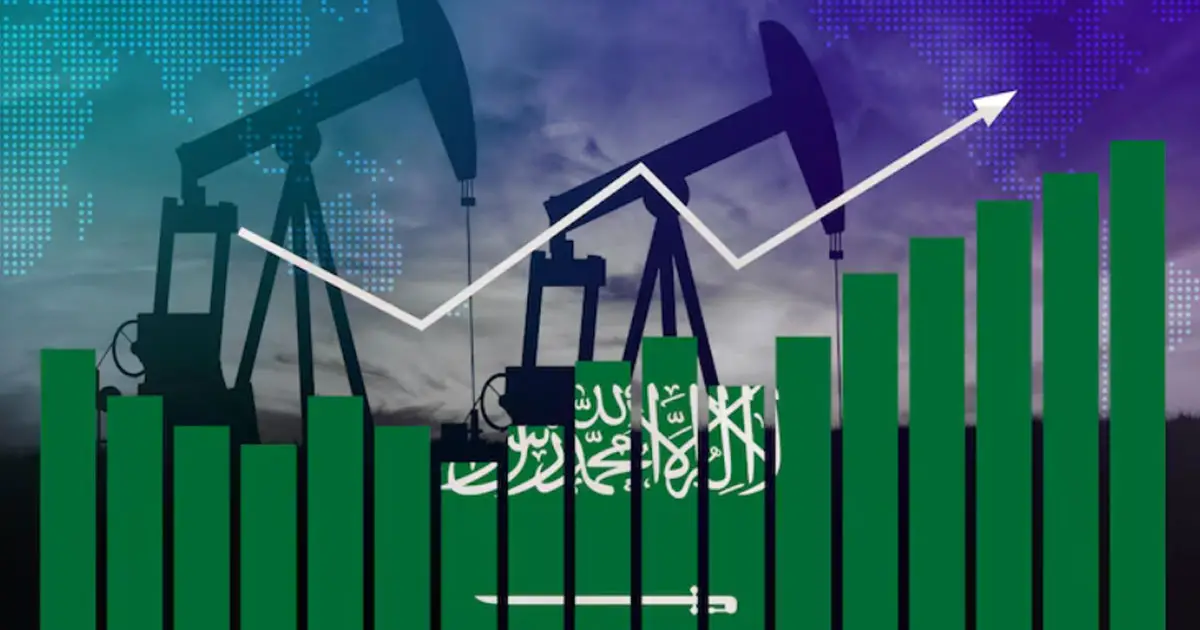
Saudi Arabia’s economy is predominantly driven by oil, which serves as the cornerstone of its financial structure. The nation boasts some of the world’s largest proven oil reserves and is a leading global oil exporter.
Oil’s Contribution to Saudi Arabia’s Economy
As of 2023, the oil sector accounted for approximately 43% of Saudi Arabia’s real GDP, highlighting its central role in the economy . This substantial contribution underscores the nation’s reliance on oil revenues for economic stability and growth.
Oil Revenue and Exports
In 2023, Saudi Arabia’s oil exports were valued at $211.54 billion, reflecting the nation’s significant presence in global energy markets . The country exported an average of 6.66 million barrels per day of crude oil in 2023, a decrease from the previous year’s 7.36 million barrels per day .
The state-owned oil giant, Saudi Aramco, reported a net profit of $121 billion in 2023, marking a decline from the previous year’s record of $161 billion. Despite the drop, this figure remains substantial, reflecting the company’s dominant position in the global oil industry .
Economic Diversification Efforts
Recognizing the volatility of oil markets, Saudi Arabia has initiated Vision 2030, a strategic framework aimed at reducing the nation’s dependence on oil. This plan focuses on diversifying the economy through investments in sectors such as tourism, entertainment, and technology. In 2023, non-oil activities achieved a historic milestone, reaching a 50% share of the country’s real GDP, the highest level on record .
Conclusion
While Saudi Arabia continues to rely heavily on oil revenues, the government’s proactive measures to diversify the economy are gradually bearing fruit. The nation’s ability to adapt and invest in alternative sectors will be crucial for ensuring long-term economic stability and growth.


The Ministry of Interior in Qatar has officially launched the new Metrash app, which replaces the former Metrash2 application. This upgraded platform brings several enhanced services to residents, including a fast and secure way to check the accident history of vehicles registered in your name.
The updated app is designed for better performance and user experience, consolidating key government services into a single digital platform. Among the standout features is the ability to view detailed accident records for your registered vehicle—an important tool for both vehicle owners and potential buyers in Qatar.
Follow these simple steps to view accident details on your registered vehicle:
Open and Log In: Launch the Metrash app and sign in with your credentials.
Access the Enquiry Section: From the home screen, scroll down to locate the “Enquiry” tab.
Choose ‘Vehicles’: Select “Vehicles” to proceed with vehicle-related services.
Pick a Registered Vehicle: A list of your registered vehicles will appear. Tap on the one you want to inspect.
View Accident History: You’ll now see the number and types of accidents (minor and major) associated with that vehicle.
You can only view accident history for vehicles registered under your name.
VIN-based or chassis number-based accident searches for third-party vehicles are currently not supported.
The Ministry has hinted at more updates in the future, including broader accessibility for buyers and used car dealers.
The app is now available for download on all major platforms:
[Apple App Store (iPhone/iPad)]
[Google Play Store (Samsung, Android)]
Stay informed, stay safe—use the Metrash app to manage your vehicle records and ensure you’re always up to date with your vehicle’s safety history.

The Pyramids of Egypt are among the most iconic and mysterious structures ever built. Located primarily near Cairo in Giza, these ancient monuments have fascinated historians, archaeologists, and travelers for centuries. Built as tombs for pharaohs, the pyramids showcase the incredible engineering skills of the ancient Egyptians.
History and Construction
The most famous pyramids are the Great Pyramid of Giza (built for Pharaoh Khufu), the Pyramid of Khafre and the Pyramid of Menkaure. Constructed around 2600–2500 BCE, these pyramids were part of a grand burial complex.
How were they built? Experts believe that massive limestone blocks were transported using ramps, sledges, and manpower. The Great Pyramid, originally 146 meters tall, was the tallest man-made structure for over 3,800 years.
Mysteries and Theories
The pyramids are surrounded by intriguing mysteries:
- Alignment with Stars : The three Giza pyramids align with Orion’s Belt.
- Hidden Chambers : Recent scans suggest undiscovered rooms inside the Great Pyramid.
- Mathematical Precision: The pyramid’s dimensions relate to pi and the golden ratio.
Some theories even suggest alien involvement, though most archaeologists credit the advanced knowledge of ancient Egyptians.
Visiting the Pyramids Today
The Giza Plateau is a UNESCO World Heritage Site and a must-visit for travelers. Key tips:
- Best Time to Visit: Early morning or late afternoon to avoid heat.
- Nearby Attractions: The Sphinx Solar Boat Museum, and Saqqara’s Step Pyramid.
- Avoid Scams : Hire official guides and be cautious of overpriced camel rides.
Conclusion
The Egyptian pyramids remain a symbol of human ingenuity and ancient civilization. Whether you're drawn by history, mystery, or adventure, these wonders continue to amaze the world.

The gold sold in the UAE is highly regarded for its quality and standards. Here are 5 key characteristics of UAE gold:
1. High Purity Standards:
Most gold in the UAE is 22K or 24K, meaning it's 91.6% or 99.9% pure, respectively. The purity is strictly regulated.
2. Authenticity Certification:
Gold products often come with a certificate of authenticity, and shops are regulated by the Dubai Municipality and other authorities.
3. Competitive Pricing:
Due to low taxes (like no VAT on gold bars and some jewelry) and a large, competitive market, prices are often better than in other countries.
4. Variety and Craftsmanship:
Dubai, in particular, is known for a wide range of gold jewelry styles—from traditional to modern—crafted with precision.
5. Reliable Marketplaces:
The UAE has trusted gold markets, like the Dubai Gold Souk, where buyers can shop with confidence due to strict regulations and transparency.
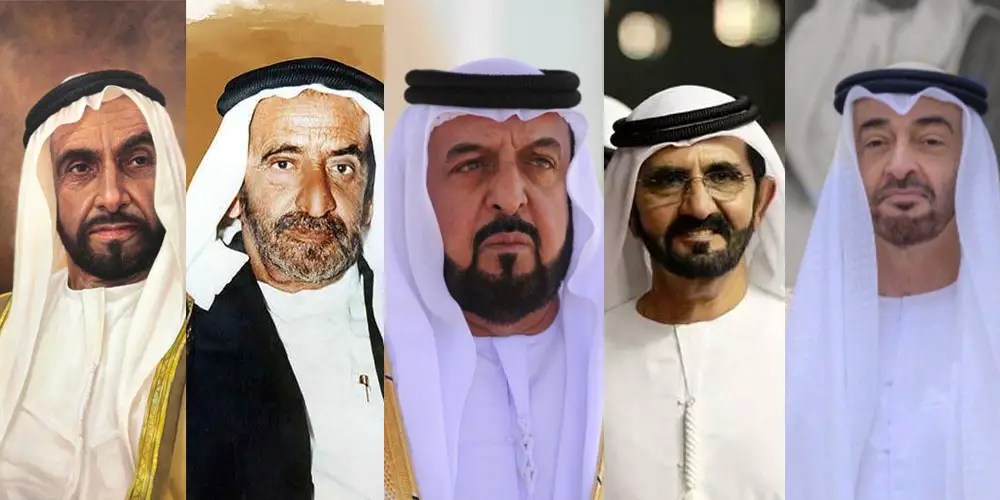
Here are 5 important Sultans or Rulers (more accurately called Sheikhs) from the United Arab Emirates, along with short biographies:
Title: Founding Father and First President of the UAE
Born: 1918 | Died: 2004
Ruled Abu Dhabi: 1966–2004
President of UAE: 1971–2004
Known as the visionary who united the seven emirates into the UAE in 1971. He led with wisdom, generosity, and a strong focus on development, education, and modern infrastructure.
Title: Vice President and Prime Minister of the UAE
Born: 1912 | Died: 1990
Ruled Dubai: 1958–1990
A key figure in the formation of the UAE and transforming Dubai from a trading port into a global city. He co-founded the UAE along with Sheikh Zayed.
Title: Second President of the UAE
Born: 1948 | Died: 2022
President of UAE: 2004–2022
Took over after Sheikh Zayed’s death. Continued rapid modernization, especially in economy and infrastructure. Dubai’s iconic Burj Khalifa was named in his honor.
Title: Vice President, Prime Minister of the UAE, and Ruler of Dubai
Born: 1949 | Ruler of Dubai since: 2006
Under his leadership, Dubai became a global hub for tourism, business, and innovation. Known for launching major projects like Burj Khalifa, Emirates Airline, and Expo 2020.
Title: President of the UAE and Ruler of Abu Dhabi
Born: 1961 | President since: 2022
Known for his role in strengthening the UAE’s military, economy, and international relations. A modern leader with a strong global presence and focus on innovation and sustainability.
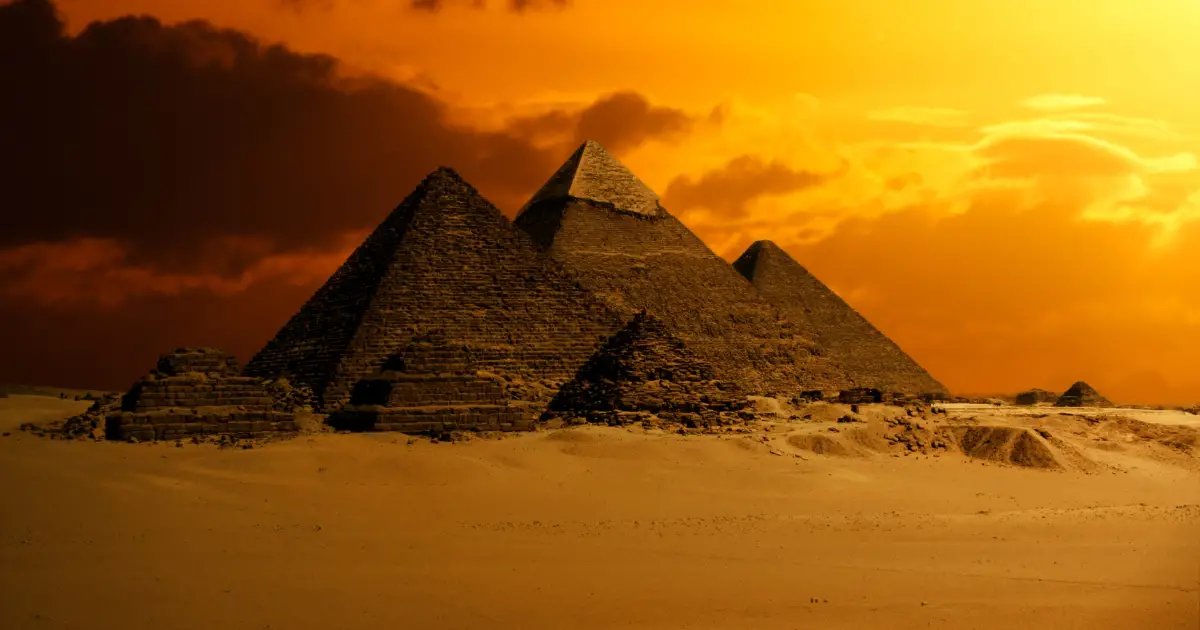
Egypt is often called a mysterious country because of its deep, ancient history and the many secrets it still holds. Here are five reasons why Egypt has earned this reputation:
1. The Great Pyramids and the Sphinx
The Pyramids of Giza are among the most famous and mysterious structures in the world. Built over 4,500 years ago, no one knows exactly how the ancient Egyptians managed to construct such massive monuments with such precision, especially without modern machinery. The Sphinx, with its lion body and human face, adds to the intrigue. Its purpose, age, and even the identity of the face are still debated.
2. Lost Knowledge of the Ancient Egyptians
Ancient Egyptians were incredibly advanced in fields like medicine, astronomy, and engineering. They performed surgeries, aligned temples with stars, and built massive structures that still stand today. Yet much of their knowledge was lost over time, making their civilization feel both advanced and mysterious.
3. Undiscovered Tombs and Hidden Chambers
Despite centuries of exploration, many tombs remain hidden beneath the sands. New discoveries are still being made today, including tombs of high-ranking officials, secret chambers in pyramids, and untouched burial sites, all offering fresh clues about ancient life.
4. Hieroglyphs and Symbolic Language
Egyptian hieroglyphs are more than just writing—they’re rich with symbolic meaning and often hide spiritual and cultural insights. While scholars can now read many of them, not all meanings are fully understood, leaving room for interpretation and mystery.
5. Myths, Curses, and Legends
From the "Curse of the Pharaohs" to tales of hidden treasures and secret rituals, Egypt is surrounded by myths that fascinate people worldwide. These stories keep Egypt wrapped in an aura of mystery that continues to attract adventurers and scholars alike.